
Published:
Readtime: 9 min
The Lowdown:
Soak Alexandria | Image: Soak
Every product is carefully selected by our editors and experts. If you buy from a link, we may earn a commission. Learn more. For more information on how we test products, click here.
About a decade ago, I spent a year-or-so backpacking through Europe and living in the United Kingdom, and one of the best things I did during that time was a trip to Hungary’s Lake Hévíz: the largest swimmable thermal lake in the world.
Setting aside the fact it is breathtakingly beautiful, Hévíz is also an incredibly toasty swimming experience, with the 47,500sqm body of water heated to between 24°C and 38°C by a submerged natural geothermal vent. Locals, and the attached wellness spa, swear by the lake’s healing properties (with a whole story about how it was blessed by the Virgin Mary and saved an ill boy who went on to become the Emperor of Eastern Rome), and while I can’t prove or disprove the thermal water’s healing properties myself, I can vouch for how relaxing it was to float in.
Why am I dredging up vacation memories from a trip I took somewhere in the realm of 12 years ago?
Well, my partner and I recently spent about an hour-and-a-half at Soak Alexandria–a bathhouse in the heart of Sydney, with a few other locations around the country–and I was taken back to Hévíz. Soak brings the same ‘mineral therapy’ vibe to Sydney, with magnesium-infused pools of varying temperatures to help you relax, as well as a pool-side sauna and steam room.
We can get into the scientific consensus around magnesium pools in a bit, as well as how much this’ll all set you back, but suffice to say I both loved my time at Soak, and am already looking forward to my next visit.
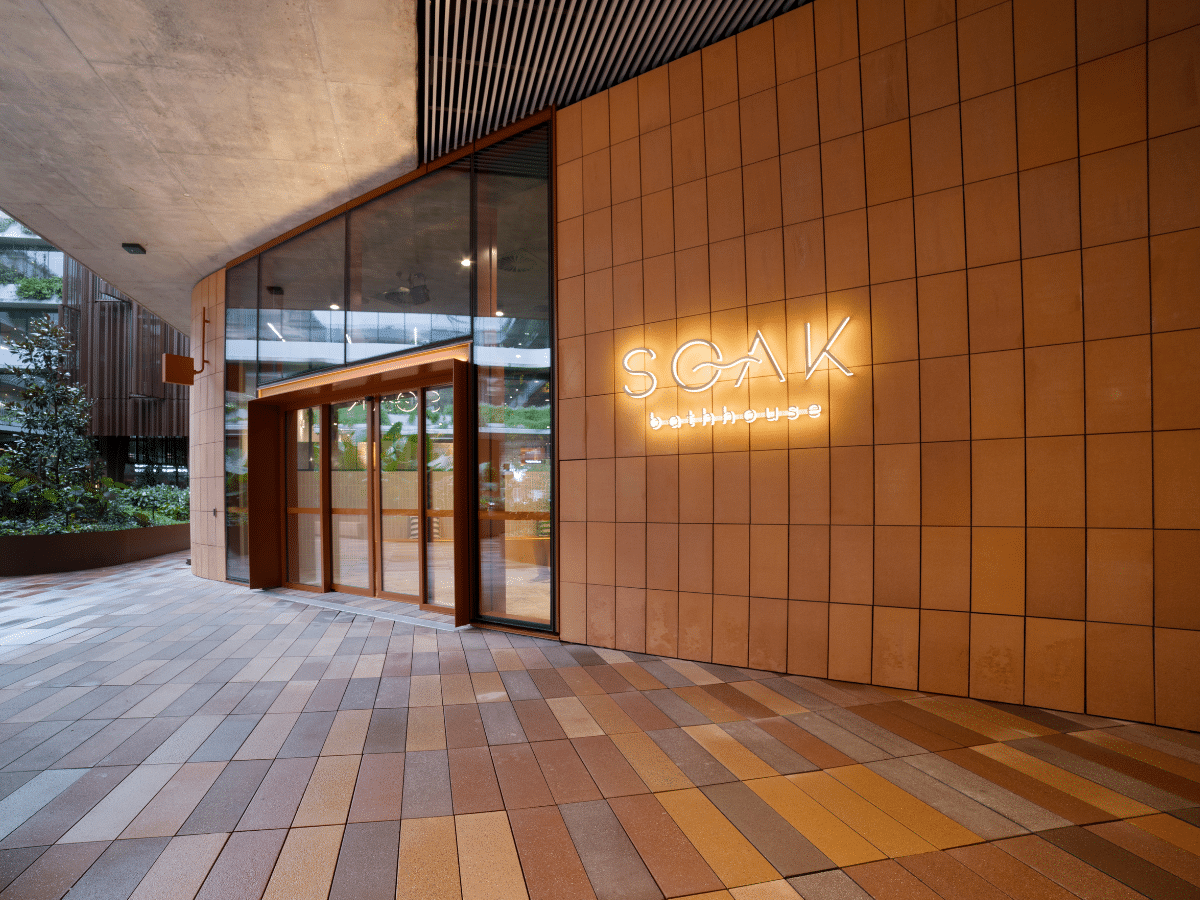
Why Trust Us?
The author of this article, Dean Blake, paid $70 for a 90-minute session in Soak Alexandria’s bathhouse, sauna, and steam rooms. He was not invited by Soak, but rather visited as a customer, and Soak has not seen the contents of this review ahead of publication. Dean was not reimbursed for his payment.
What do you get, and how much does it cost?
Let’s start with the nuts and bolts. Soak has variable pricing depending on what you’re intending on doing, as well as what day you go.
If you’re heading in on a Friday, Saturday or Sunday (as I did), you’ll be spending around $70 for a 90-minute session which grants you access to the unisex communal amenities on offer. I’d advise booking in if you’re going for a soak over the weekend, as the place fills up fast.
During the week, though, it’s less competitive to get into, and you can typically turn up without a booking and get into the baths relatively easily. Additionally, it’ll cost you around $60 instead.
For that cost, you’ll get 90-minutes of access to:
- Unisex Communal Amenities
- Warm magnesium pools (34°C)
- Hot magnesium pools (38°C)
- Cold plunge pools (12.5°C)
- Dry cedarwood saunas
- Aromatic steam rooms
- Showering and rinsing facilities, as well as a towel and robe
- Complementary herbal tea
You can pay for some other experiences, such as a full-body 50-minute massage (AU$110-129), 45-minute access to an infrared sauna (AU$49 for up to 2 people), or a 20-minute LED facial and mediation experience (AU$49), but I didn’t try any of these so I won’t be touching on them.
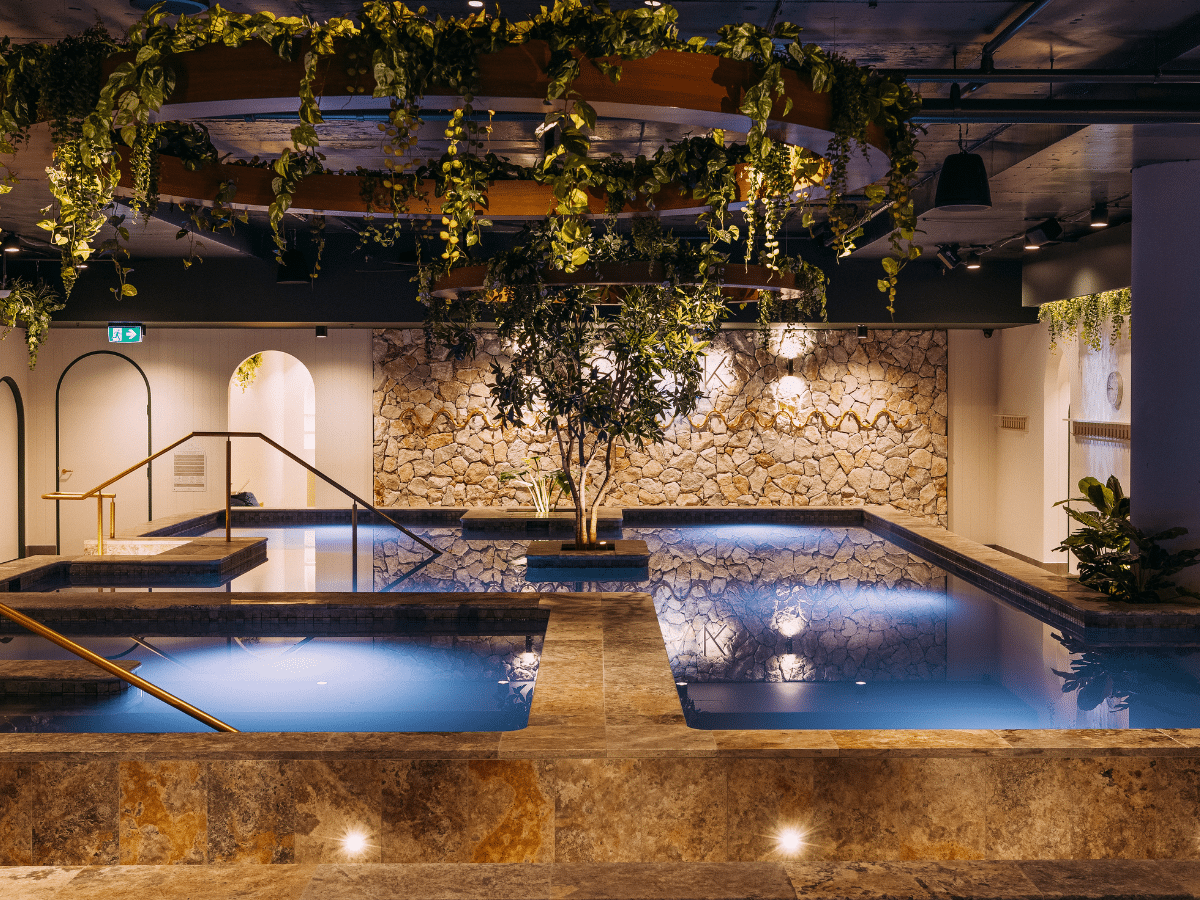
What do you actually do at Soak?
The first thing you’ll do when you head through the doors is have a quick rinse in the showers, leaving your valuables in a provided locker (you can rent a padlock if you require, or bring your own), before heading into the main bathhouse.
From there, you’ll have a few options: but effectively are surrounded by three different pools.
One is the warm magnesium-infused pool, which rests at a balmy 34°C, while the 38°C hot pool sits alongside it: this where I spent the majority of my time. The pools are pretty big, and can comfortably fit a score of soakers before things start feeling cramped. I went during a fairly busy Friday, and never felt like anyone was invading my space in the pools – there was always enough room for everyone.
The pools are segmented in design, which stops it all feeling like you’re in one big public pool with a bunch of strangers. Instead, you’re sitting in your own little corner, and everyone else is enjoying their own space.
You can make yourself a hot herbal tea using some built-in hot and cold water taps on the side of the room, with Soak offering a few styles, and you can take these teas into the pools: just don’t spill it.
There’s also a 12.5°C cold plunge pool in the main room, but that’s more useful following a stint in the sauna and/or steam room. Speaking of which: they’re on the far side of the room, divided by a free-standing shower to rise off before heading back into the water.
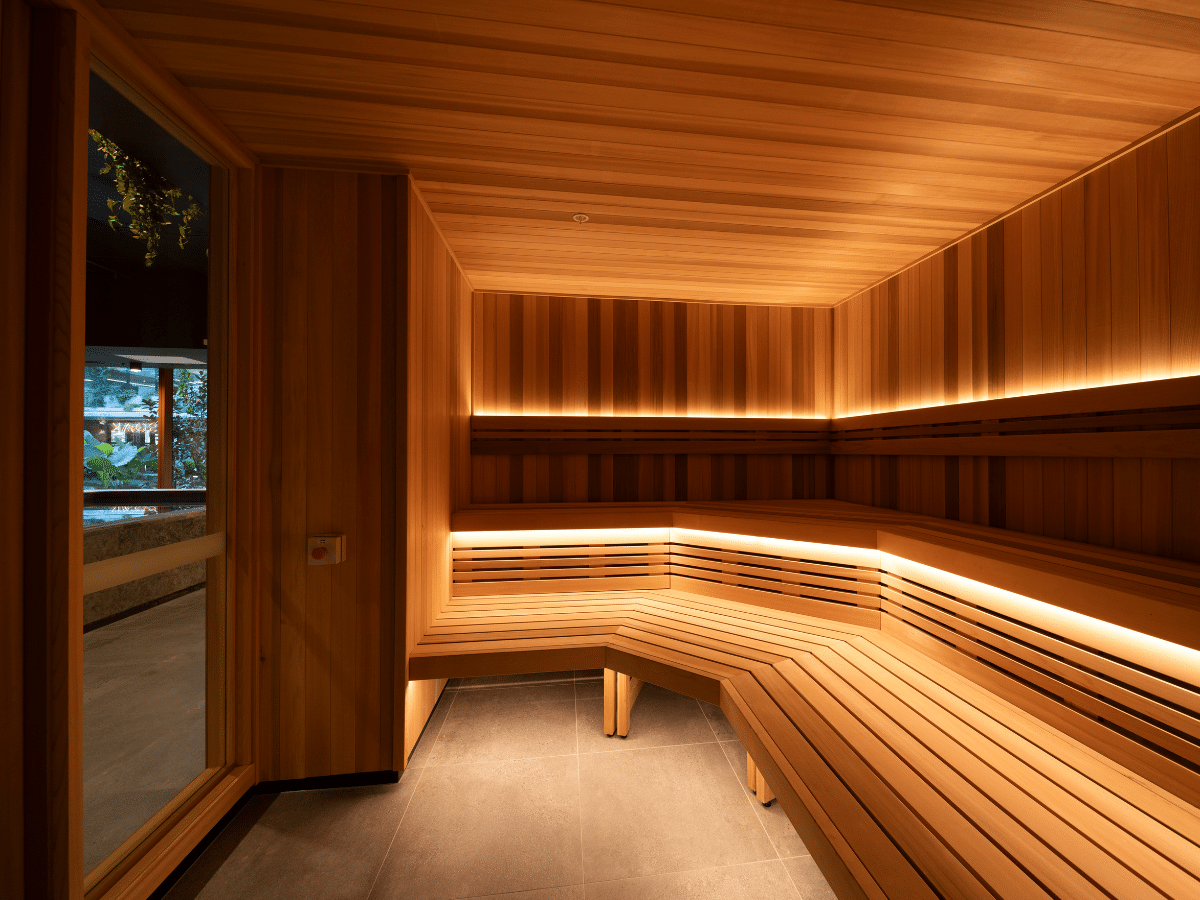
The idea is to rotate your way through the experience: start in the warm pool, head to the sauna and/or steam room once you’re feeling sufficiently comfortable, rinse the sweat/steam off, take a refreshing cold plunge, and then relax in the hot pool for as long as you have time remaining.
In saying that, how you spend your time at Soak is up to you. My partner and I enjoyed a tea in the warm pool, before making our way into the hotter one, then into the dry sauna, followed by the steam room, and then relaxed in the hot pool again until we ran out of time. At one point she wanted to get back into the steam room, and that’s no issue: you’re freely able to move between the facilities.
Also, there’s something strangely liberating about drinking a steaming cup of tea in what is effectively an indoor hot spring: in another world, there’d be a ‘no drinks in the pool’ rule, which would absolutely kill the vibe. Australian shared spaces tend to have a lot of rules attached to them, and often I feel like we’ve squeezed all the joy out of communal spaces in the pursuit of safety, but during our time at Soak we were largely left to our own devices. There are staff members around, don’t get me wrong, but you never feel like they’re there to police you.
These are shared spaces, though, so be sure to keep other people’s enjoyment in mind as well as your own, and don’t be a creep. During my time everyone was very respectful, not only of one another but of the space itself, which helped keep the whole experience relaxing.
On the topic of behaviour, it’s also worth noting that Soak doesn’t allow minors aged under 16 to enter the bathhouse, and only allows 16-18 year olds to enter with an accompanying adult. While I’m sure that’ll be frustrating to some people, it definitely goes a long way in keeping the experience feeling premium and soothing for everyone. Screaming children would spoil the vibe, plus—you’re coming here to relax, not supervise kids, remember?
Once you’re done, you’ll shower off, get changed into your own dry clothes (you did bring dry clothes, right?), and leave your used towel and robe to be properly cleaned.
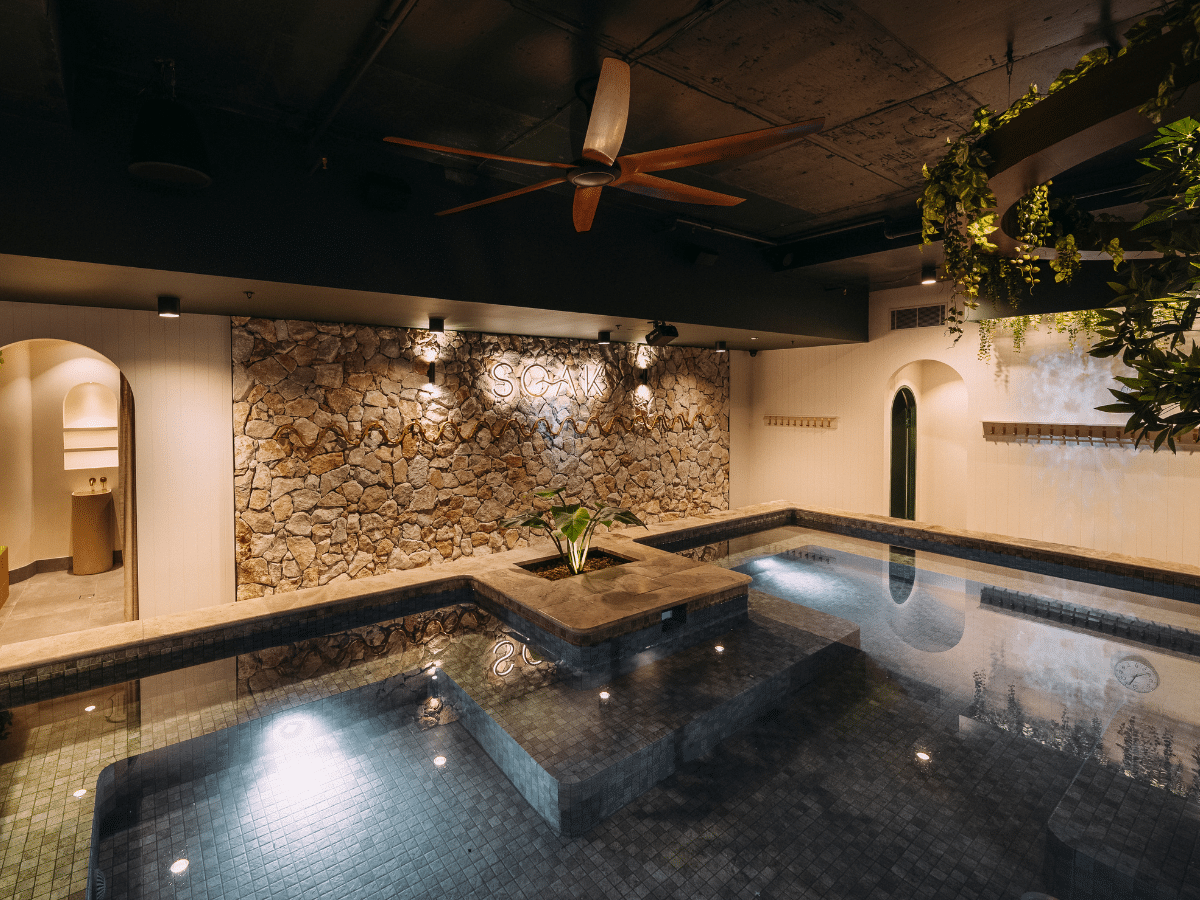
What’s the Deal with the Magnesium Water?
Soak doesn’t really make claims about the use of magnesium in its water beyond saying its there, but broadly speaking, magnesium-rich waters are said to help reduce stress and pain, as well as improve your skin and the quality of your sleep.
Mineral cures have long been a part of alternative medicine, and while collective wisdom tells us that spending time bathing in natural, mineral-rich waters is good for our bodies—think Nordic hot springs, Roman Thermae baths, and Japanese Onsen—there actually isn’t a lot of evidence to back that up.
Hydrotherapy is commonly used in occupational therapy and physiotherapy, often used in relation to recovering from injuries or treating inflammation, but its successes could also largely be put down to the fact that when submerged, your limbs, joints and muscles don’t work as hard to keep you upright and, as such, get to relax and recover. Whether the water has magnesium salt, sea salt, epsom salt, or chlorine in it doesn’t really seem to matter, as far as the science is concerned.
In fact, both saunas and steam rooms are said to improve circulation, reduce stress, flush out toxins, and reduce nasal congestion and inflammation, but there’s limited proof of any benefits beyond those related to simply being exposed to heat.
Now, don’t get me wrong, bathing in hot water with barely a care in the world is relaxing, both mentally and physically, but there’s limited proof that you’re getting anything more than that—other than a placebo effect from doing something you’ve been conditioned to think is ‘good for you’.
Don’t let that stop you from soaking in mineral-rich waters, but just don’t expect them to be a miracle cure either.
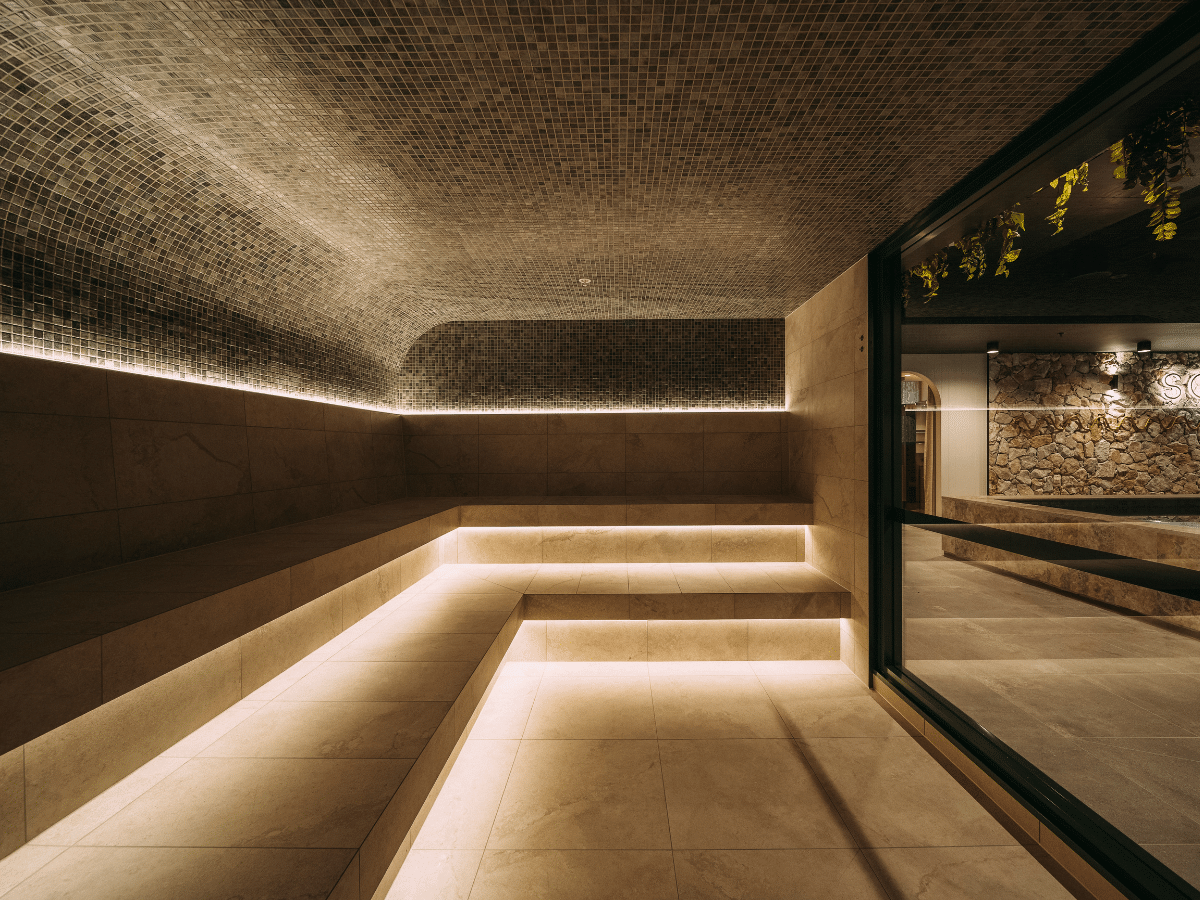
What do we think of Soak Alexandria?
After spending a solid 90-minutes submerged and steamed at Soak Alexandria, I can say that it quickly became one of my favourite places in Sydney. I genuinely felt refreshed and relaxed after my time at the bathhouse and, in all honesty, I’m already thinking about when I’ll go back.
If you’re in the mood for something relaxing and warm to do on a day off, want to spend some time with a friend, partner, or family on the weekend, or just want to try out the facilities for yourself, I think an afternoon at Soak is well worth the $70 cost.
Disclaimer: The author of this article, Dean Blake, paid $70 for a 90-minute session in Soak Alexandria’s bathhouse, sauna, and steam rooms. He was not invited by Soak, but rather visited as a customer, and Soak has not seen the contents of this review ahead of publication. Dean was not reimbursed for his payment.





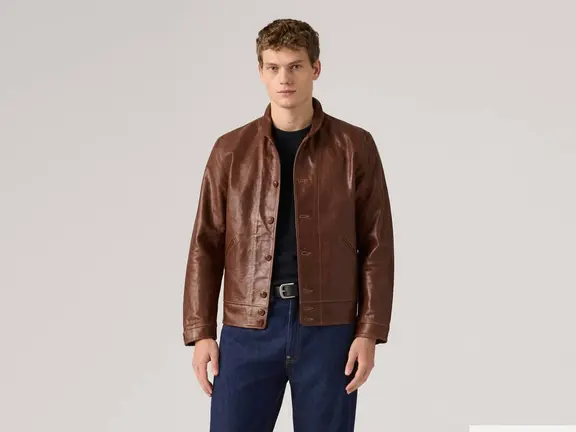
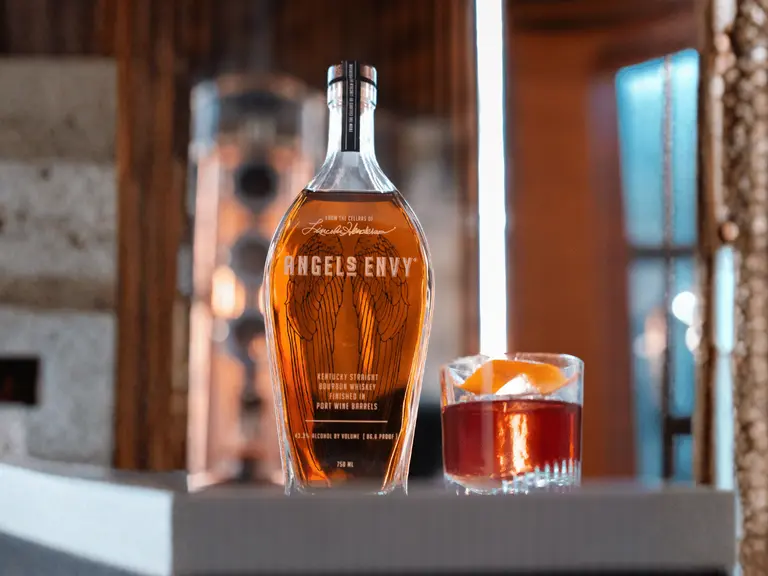
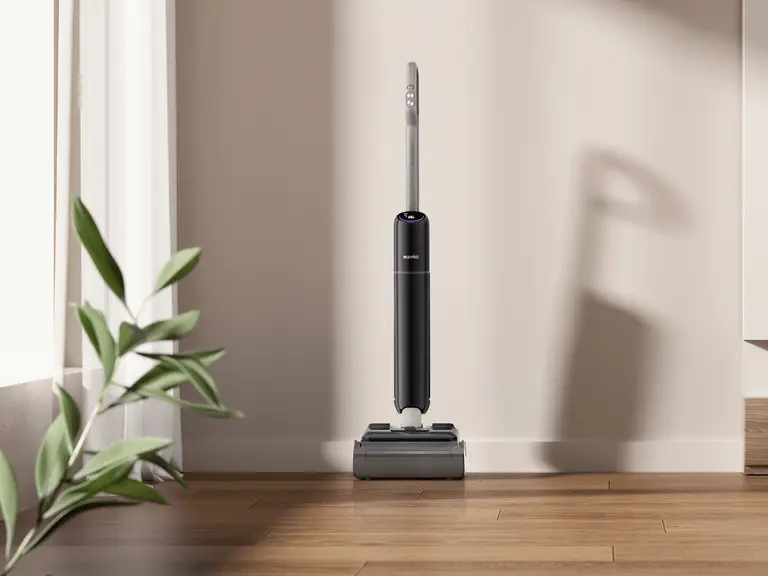



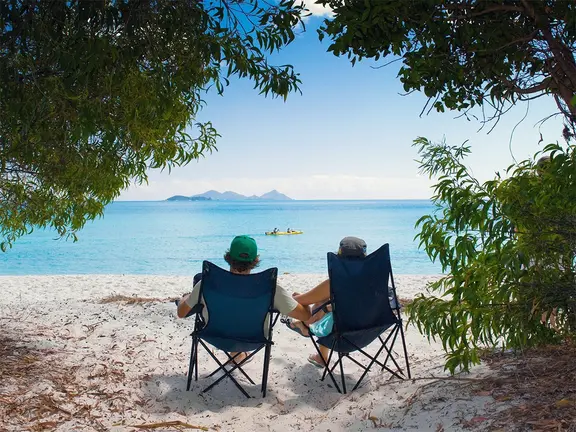
















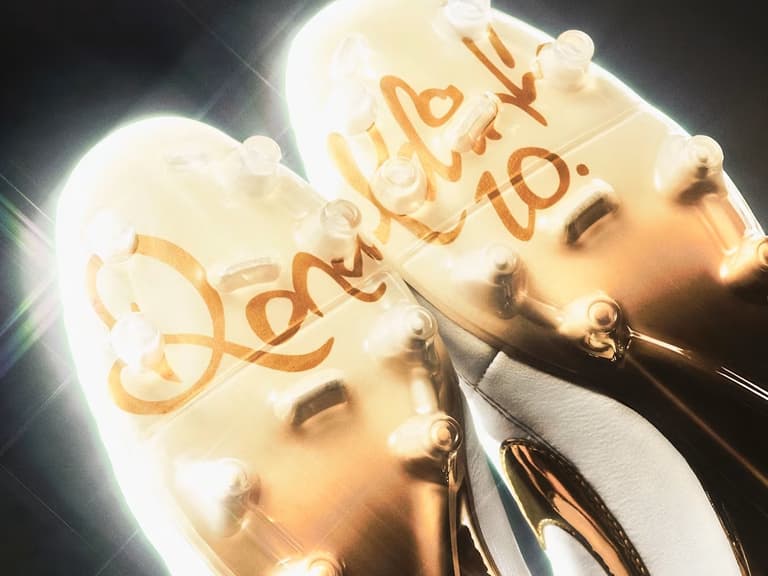


Comments
We love hearing from you. or to leave a comment.